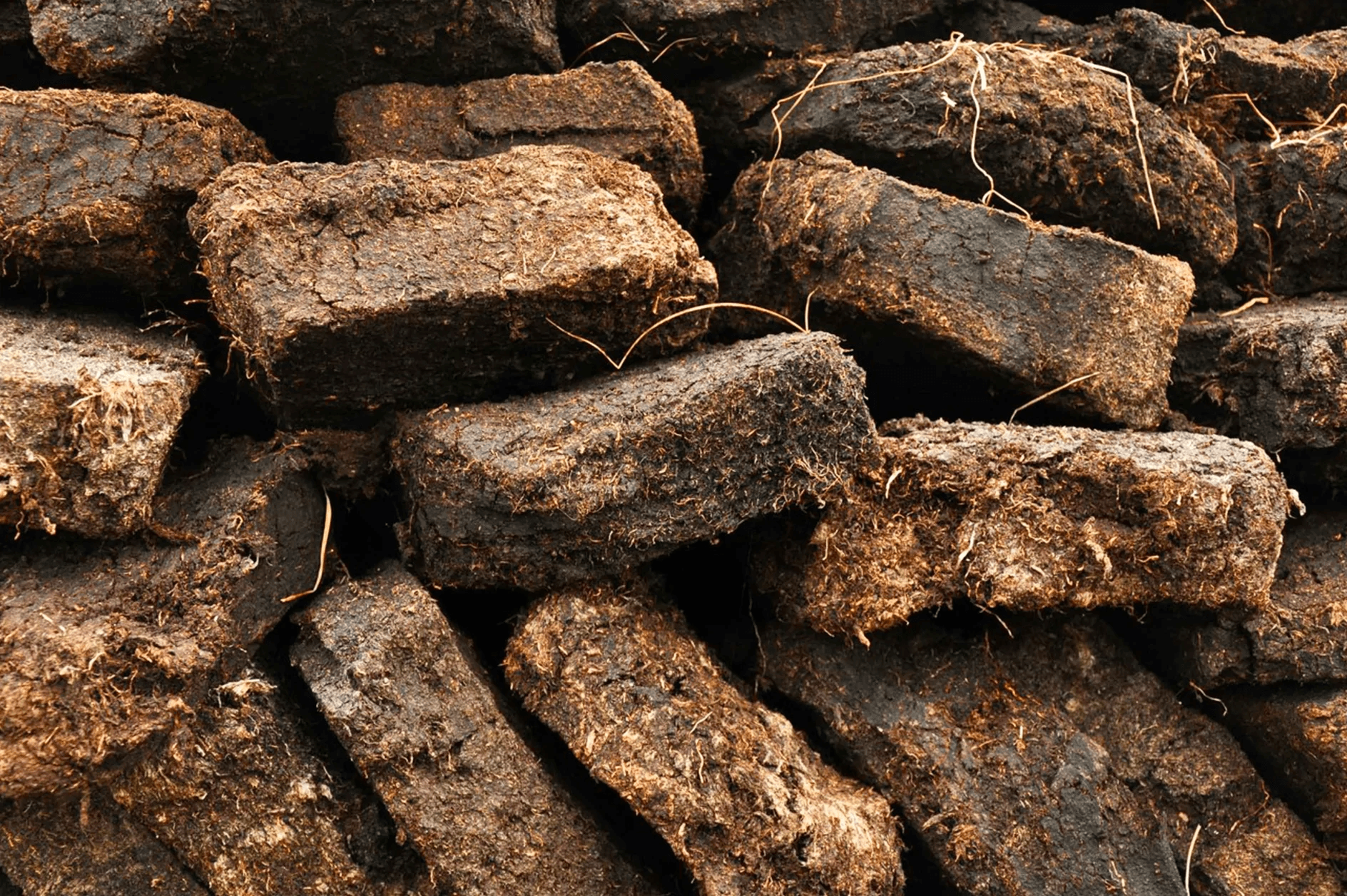Peat. The iconic act of burning the small bricks of earth covering much of Scotland has captivated the hearts and imaginations of whisky enthusiasts all around the world. People love peated whisky. For others, peat, specifically whisky that has been made from barley smoked with peat, can be a major turn off.
But is all peat the same? Furthermore, are some peated whiskies easier to approach than others? Let’s find out…
When peat is burned in a kiln fire, a group of compounds known as phenols, bind to the malted barley and give it a unique smoky character. The degree of smokiness is measured using phenol parts per million (ppm). Generally, the longer the barley is exposed to the peat smoke, the higher the ppm. In other words, whiskies with a low ppm tend to be lightly smoky and relatively approachable while whiskies with a high ppm tend to be heavily smoky and often more intense.
Now while ppm is a common reference point for whisky lovers looking to pre-judge a whisky’s character before buying a bottle, there’s another consideration that I feel must be made. And while it’s not marketed or discussed as often, in my experience, it’s the primary factor that determines whether someone will enjoy a particular peated whisky or not: the origin of the peat itself.
Because whisky is given its smoky characteristic by burning peat, just as anything, what you burn can and often will determine the flavour. In other words, it’s not always about how smoky something is but rather, what has been smoked. Let’s have a look at three different whiskies available through The Scotch Malt Whisky Society today that showcase different origins and styles of peat:
Distillery 53 Rare Release is a peated single malt whisky from the Island of Islay. Peat cut from Islay contains a multitude of coastal elements including dead shellfish, seaweed, saltwater, and other oceanic minerals that when burned, produce a dense, medicinal smoke that tastes like a salty, briny smack in the face! At 8 years old, this whisky is a wild and vibrant spirit with intoxicating plumes of bonfire smoke and smoldering meat. Dampened seaweed and brine are all delivered in a rich and rather intense package that evokes the classic Islay style.
Cask No. 4.282 A bothy amongst mountain heather is a uniquely peated whisky, this time produced by a famous distillery on Orkney, the archipelago off the northeastern coast of Scotland. Peat from Orkney is very different from that of Islay. It’s laced with heather and offers a much more subtle, sweeter profile than the seaside explosion most people will think of when they hear “peat”. Dried grass, freshly cracked pepper and a dash of sea salt make up the foundation of this softer, more approachable take on smoke. This whisky happens to be ten years old. After maturing for a decade, the smoke has softened even further thanks to the mellowing effect of additional time spent in the cask.
Cask No. 108.41 Burnt dust is a peated whisky hailing from the Scottish mainland. While few mainland distillers are using peat today, those who are happen to be wielding an element that is very different from what is used by the islanders. Peat cut from the Scottish mainland produces a much cleaner, colder wood smoke experience than the rather hot and heavy, coastal experience most are familiar with. It doesn’t linger the same way Islay or Orkney peat tends to do, allowing the drinker to appreciate the subtle flavors of the cask with greater ease. For this reason, new whisky drinkers who are just beginning to develop an interest in peat may want to start here.
Is one type of peat better than the others? Of course not! Try them all and decide which style you enjoy most. You may just be surprised.
Slàinte mhath,

Ben Diedrich



